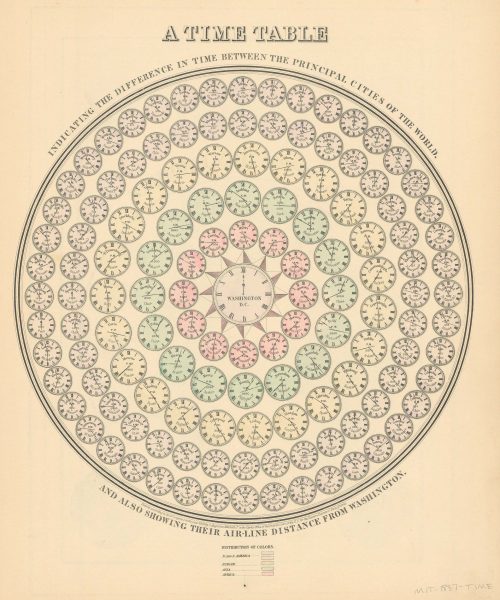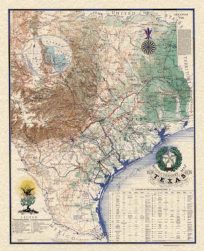Chart De La Californie, Robert de Vaugondy 1772
In stock
Published in the atlas which accompanied the “Encyclopedie” of Denis Diderot, this sheet shows five separate maps of California. The five copperplate maps illustrate how European geographical knowledge of the region has evolved. The first map is after the manuscript map of Mathieu Neron Pecci produced in Florence in 1604, the second shows Califronia as an island after Sanson in 1656, the third shows the peninsula California according to de L’isle’s 1700 map of America, the fourth shows detail according to the Jesuit missionary Father Kino in 1750, and the final map shows geographical detail of 1776 also provided by the Jesuits. A most interesting plate of a most interesting cartographical misconception and subsequent correction!
Condition: Very good
Map Maker: Robert de Vaugondy
Original Production Year: 1772
Coloring: Black & White
Year: 1772
In stock








